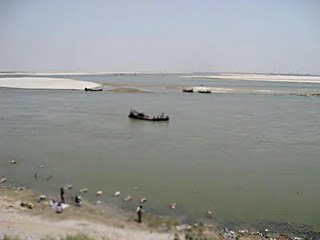Share this article:
This article uses material from the Wikipedia article Kastaharni_Ghat, and is written by contributors. Text is available under a CC BY-SA 4.0 International License; additional terms may apply. Images, videos and audio are available under their respective licenses.
